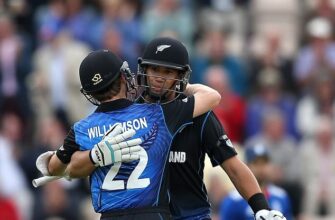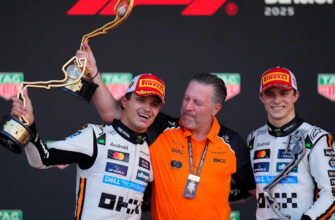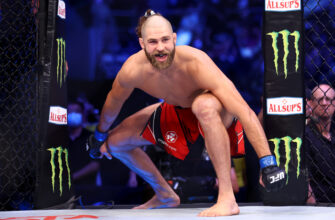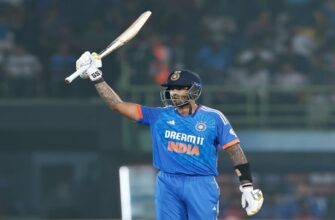In the grand theater of professional chess, the game is no longer just a single, timeless duel. Today`s grandmasters find themselves on a relentless global circuit, performing in a dizzying array of formats that demand not just mastery of the game, but an extraordinary level of strategic agility and mental fortitude. Imagine a tennis player expected to switch seamlessly from the slow grind of clay to the lightning-fast reflexes required on grass, then immediately to an indoor hard court – all within days. This, in essence, is the modern chess player`s reality.
The Multiformat Maze: A Game of Many Guises
The venerable game of chess, steeped in centuries of tradition, has truly embraced diversification. From the deliberate, hours-long battles of classical chess, where every move is a considered statement, to the electrifying rush of rapid and the blink-and-you`ll-miss-it frenzy of blitz, the competitive landscape has exploded. Add to this innovative variations like Freestyle Chess (also known as Fischer Random), which shatters conventional opening theory by randomizing the back rank, and various online tours with bespoke time controls, and you have a calendar that looks less like a schedule and more like a tactical obstacle course.
For top players, this isn`t merely a matter of preference; it’s a professional expectation. One week, they might be meticulously calculating deep positional lines for a classical tournament. The next, they`re sacrificing material for dynamic initiative in a rapid event, or relying on intuition and nerve in a blitz showdown. The skills overlap, certainly, but the strategic mindset, preparation methods, and even psychological approach required for each format are distinct, creating a constant, high-stakes juggling act.
The Mental Marathon and the Burnout Conundrum
This relentless pace and continuous format switching exact a heavy toll. While chess is often perceived as a cerebral pursuit, the mental strain of elite competition is immense. Consistently operating at peak performance across such varied demands leads to a palpable risk of player burnout. The mind, much like a muscle, needs recovery and focused training, not just a perpetual state of adaptation.
“You don`t just change your uniform; you change your entire operating system,” one observer might wryly note. “And then you`re expected to win a world championship in a completely different OS just days later.”
Players speak of losing their “rhythm” in a particular format when constantly shifting gears. A slump in performance, once attributed to poor form, is now increasingly linked to sheer exhaustion and the lack of time for proper rest and strategic recalibration. The financial incentives of diverse tournaments are undeniable, but they inadvertently forge a golden cage, compelling players to participate in more events, often at the expense of sustained peak performance and personal well-being.
A Coach`s Challenge: Tailoring the Tactics
The grandmasters aren`t alone in this strategic quandary; their coaches and support teams face an equally daunting task. Traditional chess preparation involves deep dives into opening theory, intricate middlegame plans, and exhaustive endgame studies. But when formats vary so wildly, a one-size-fits-all approach becomes obsolete. Coaches must now curate specialized training regimens for each time control, sometimes assembling dedicated teams for different formats.
In rapid and blitz, the emphasis shifts from perfect calculation to recognizing patterns, managing time pressure, and embracing calculated risks. Openings might be chosen for their dynamic potential or their ability to create immediate complications, rather than for their absolute theoretical soundness. Classical chess, conversely, demands precision and a detailed understanding of subtle nuances. Even within the seemingly uniform classical format, tournament regulations can vary significantly – differences in time controls, increment rules (extra time added per move), and tie-break systems mean that even the “same” game can have profoundly different strategic implications from one event to the next.
The advent of Freestyle Chess, in particular, throws a delightful wrench into the works. Without pre-determined opening lines, players and coaches must adapt on the fly, relying more on fundamental chess principles, universal middlegame understanding, and endgame technique. It’s a purist’s dream, perhaps, but another layer of adaptation for the modern professional.
The Undisputed Crown: Why Classical Endures
Despite the proliferation and excitement generated by faster formats, there remains an overwhelming consensus among players, coaches, and enthusiasts: classical chess is the gold standard. It is in classical games that the truest measure of a player`s understanding, endurance, and strategic depth is found. The World Championship title, the pinnacle of achievement, is still decided through classical matches, solidifying its status as the ultimate test of chess supremacy.
Faster formats offer thrills and financial opportunities, serving as popular entertainment and valuable testing grounds for ideas. They widen chess`s appeal and bring new fans to the game. However, they are generally seen as stepping stones or complementary events to the main quest: becoming the classical World Champion. This enduring reverence for classical chess highlights a fascinating tension: the sport is evolving, embracing speed and innovation, yet its heart remains anchored in the timeless, contemplative battles that define its heritage.
The Future`s Gambit: Balancing Innovation and Well-being
The current trajectory of professional chess presents a clear dilemma. On one hand, the increased number of tournaments and diverse formats signify growth, expanding global reach, and lucrative opportunities for players. On the other, it raises serious questions about player welfare, the sustainability of such intense schedules, and the potential for dilution of strategic focus.
As the chess world continues to accelerate, the imperative for organizers and governing bodies like FIDE is to consult closely with players. Their insights are crucial for striking a sustainable balance between promoting exciting new formats and preserving the integrity and demands of traditional chess, all while safeguarding the health and careers of the grandmasters who bring the game to life. The journey to the World Championship, already arduous, now requires not just strategic genius, but unparalleled adaptability and resilience in the face of a constantly shifting chessboard.






